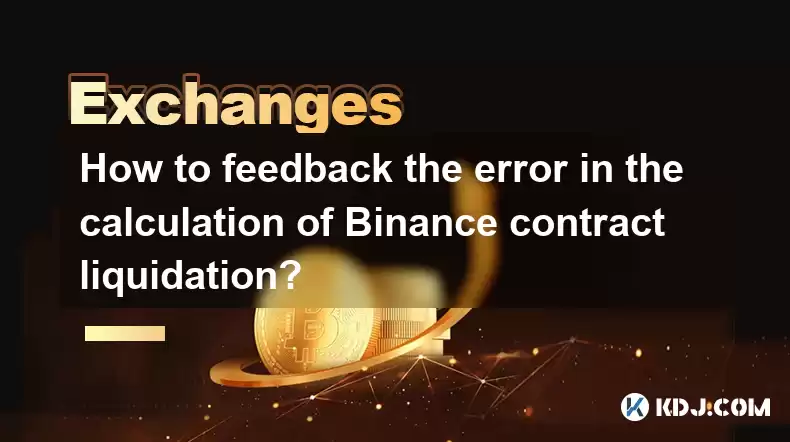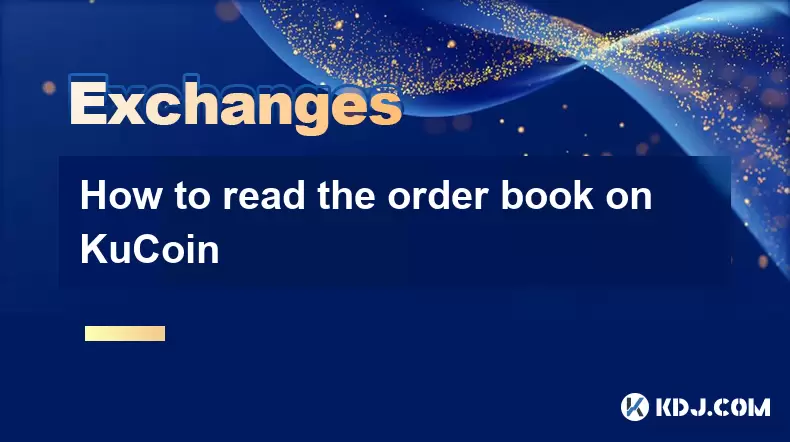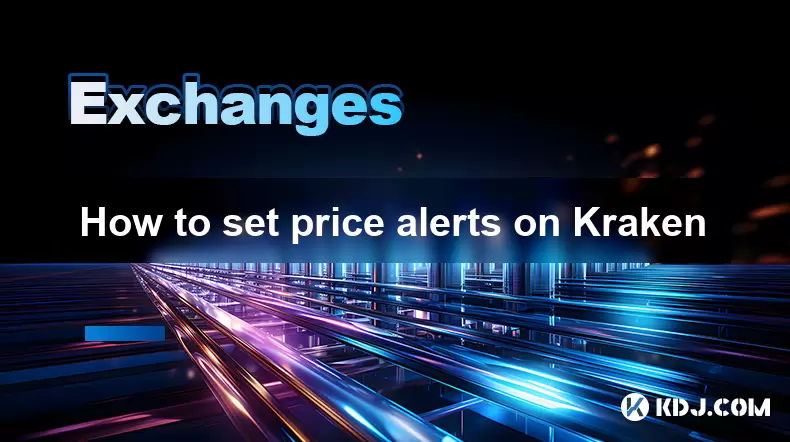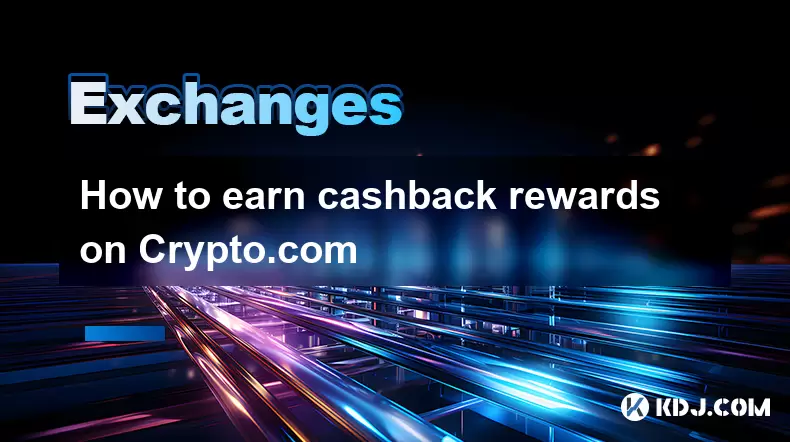-
 Bitcoin
Bitcoin $119100
0.38% -
 Ethereum
Ethereum $4277
0.63% -
 XRP
XRP $3.179
-0.89% -
 Tether USDt
Tether USDt $1.000
0.00% -
 BNB
BNB $807.5
0.48% -
 Solana
Solana $177.2
-3.03% -
 USDC
USDC $0.0000
0.01% -
 Dogecoin
Dogecoin $0.2283
-2.88% -
 TRON
TRON $0.3454
2.02% -
 Cardano
Cardano $0.7887
-2.14% -
 Hyperliquid
Hyperliquid $43.79
-3.38% -
 Chainlink
Chainlink $21.42
-3.21% -
 Stellar
Stellar $0.4373
-1.81% -
 Sui
Sui $3.704
-4.77% -
 Bitcoin Cash
Bitcoin Cash $584.0
2.28% -
 Hedera
Hedera $0.2491
-4.22% -
 Ethena USDe
Ethena USDe $1.001
-0.01% -
 Avalanche
Avalanche $23.31
-2.53% -
 Litecoin
Litecoin $121.5
-2.53% -
 Toncoin
Toncoin $3.393
1.47% -
 UNUS SED LEO
UNUS SED LEO $9.026
-0.03% -
 Shiba Inu
Shiba Inu $0.00001314
-3.84% -
 Uniswap
Uniswap $11.22
2.03% -
 Polkadot
Polkadot $3.916
-3.98% -
 Cronos
Cronos $0.1673
2.46% -
 Dai
Dai $1.000
0.01% -
 Ethena
Ethena $0.7960
2.16% -
 Monero
Monero $274.8
2.22% -
 Bitget Token
Bitget Token $4.427
-0.61% -
 Pepe
Pepe $0.00001153
-5.14%
How to feedback the error in the calculation of Binance contract liquidation?
To report a Binance contract liquidation error, provide detailed evidence (screenshots, trade history) via official channels, explaining discrepancies between mark price, liquidation price, and collateral, emphasizing precise timestamps and your trading strategy. Patience is key; investigations take time.
Mar 19, 2025 at 07:12 am

Key Points:
- Binance's contract liquidation process is complex, involving several factors beyond simple price movement.
- Feedback mechanisms primarily involve reporting through official channels, focusing on specific details for effective investigation.
- Understanding the factors influencing liquidation, such as mark price, liquidation price, and available collateral, is crucial before reporting.
- Providing comprehensive evidence, including screenshots, trade history, and account details, significantly aids Binance in their investigation.
- Patience is key, as investigations can take time, and Binance’s response might not always immediately address every concern.
How to Feedback the Error in the Calculation of Binance Contract Liquidation?
Liquidation on Binance futures contracts can be a jarring experience, especially if you believe an error occurred in the calculation. Understanding how Binance determines liquidation is the first step towards effectively reporting a potential issue. The platform uses a mark price, not the index price or your entry price, to assess your position's health. This mark price is derived from multiple exchanges and is subject to market volatility. The liquidation price is calculated based on your leverage, position size, and the mark price. Any discrepancies require careful examination.
Reporting a potential error isn't as simple as sending a quick message. Binance requires detailed information to investigate efficiently. A vague complaint will likely yield little result. Be specific and organized in your report.
To effectively feedback a potential error, you should first gather necessary information. This includes:
- Your trading history, clearly showing the relevant trades leading up to liquidation.
- Screenshots of your account balance, open positions, and the liquidation notification.
- Precise timestamps documenting the events surrounding your liquidation.
- Your trading strategy and the reasoning behind your positions.
- Any other relevant information, such as market conditions at the time.
Next, consider where to submit your feedback. Directly contacting Binance support through their official channels is the most effective method. Avoid unofficial channels or third-party platforms as they are not guaranteed to reach the relevant team.
When submitting your report, ensure the clarity and completeness of your information. Binance’s investigation team needs to understand the context of your claim. A well-organized report significantly increases the chances of a thorough investigation. Vague or incomplete reports are far less likely to receive attention.
Remember that the mark price is crucial. Understand how this differs from the index price. The mark price is a more accurate representation of the real-time market price, but it can still fluctuate rapidly. Ensure you understand the mechanics of how the mark price impacts your liquidation price. This knowledge will help you to better understand whether an error has occurred.
Furthermore, the liquidation process considers your available collateral. If your collateral drops below a certain threshold relative to your position size and leverage, liquidation is triggered automatically. This is an automated system, and even seemingly small discrepancies in your margin calculation can lead to liquidation. Consider all these aspects when preparing your feedback.
Submitting your report often involves navigating Binance's support system. This might require submitting a ticket, using their online chat function, or contacting them through email. Follow their instructions carefully and respond promptly to any requests for additional information. Be patient and polite in your interactions with their support team.
Binance's investigation may take some time. The complexity of their systems and the volume of support requests means that immediate responses are not always possible. They will review your provided data and compare it to their internal records. The investigation may involve reviewing server logs, trading data, and various other internal information.
It's crucial to remember that Binance’s automated system is designed to minimize risk. While errors are possible, they are often the result of unforeseen market conditions or user misunderstanding of the system. This doesn't diminish the importance of reporting potential errors; rather, it highlights the necessity of providing complete and accurate information to facilitate a proper investigation. Providing incomplete information will likely hinder the investigation process.
Frequently Asked Questions:
Q: What if Binance doesn't acknowledge my feedback?
A: Persistently follow up through the official channels, referencing your initial ticket or communication. Keep your information concise and organized. While there's no guarantee of a response, consistent follow-up increases the chances of your issue being addressed.
Q: Can I appeal a liquidation decision?
A: While direct appeals are unlikely to succeed, reporting a potential calculation error through the official channels is the appropriate approach. Focus on demonstrating a verifiable error in the calculation rather than appealing the outcome itself.
Q: How long does a Binance liquidation investigation take?
A: There's no set timeframe. Investigations can take days, weeks, or even longer, depending on the complexity of the issue and the volume of support requests Binance is handling. Patience is crucial.
Q: What type of evidence should I provide?
A: Provide clear screenshots of your account details, trading history, the liquidation notification, and any other relevant data. Time stamps are crucial for establishing a timeline of events. Be meticulous in documenting everything.
Q: What happens if Binance confirms an error in the liquidation calculation?
A: If Binance confirms an error, they may adjust your account accordingly. This could involve restoring funds or reversing the liquidation, but this is entirely at their discretion.
Disclaimer:info@kdj.com
The information provided is not trading advice. kdj.com does not assume any responsibility for any investments made based on the information provided in this article. Cryptocurrencies are highly volatile and it is highly recommended that you invest with caution after thorough research!
If you believe that the content used on this website infringes your copyright, please contact us immediately (info@kdj.com) and we will delete it promptly.
- INJ ETF, Crypto Future, and Uncertainty: Navigating the Murky Waters
- 2025-08-12 02:50:12
- Ruvi AI: The Presale Gem Poised for 100x Gains?
- 2025-08-12 02:50:12
- Bitcoin, Solana, MAGACOIN FINANCE: Navigating the 2025 Crypto Landscape
- 2025-08-12 00:30:13
- Paxos, Circle, Ripple License: Navigating the Shifting Sands of Stablecoin Regulation
- 2025-08-12 02:10:12
- Cardano, ADA Holders, and Layer Brett: A Meme Coin with Real Utility?
- 2025-08-12 00:50:12
- Bitcoin, Michael Saylor, and Savvy Investors: A New Era of Digital Assets
- 2025-08-12 00:30:13
Related knowledge

How to use margin trading on Poloniex
Aug 08,2025 at 09:50am
Understanding Margin Trading on Poloniex

How to read the order book on KuCoin
Aug 10,2025 at 03:21pm
Understanding the Order Book Interface on KuCoinWhen accessing the order book on KuCoin, users are presented with a real-time display of buy and sell ...

How to read the order book on KuCoin
Aug 12,2025 at 02:28am
Understanding the Basics of Staking in CryptocurrencyStaking is a fundamental concept in the world of blockchain and cryptocurrencies, particularly wi...

How to set price alerts on Kraken
Aug 11,2025 at 08:49pm
Understanding Price Alerts on KrakenPrice alerts on Kraken are tools that allow traders to monitor specific cryptocurrency pairs for price movements. ...

How to earn cashback rewards on Crypto.com
Aug 12,2025 at 02:08am
Understanding Cashback Rewards on Crypto.comCashback rewards on Crypto.com are a feature designed to incentivize users to spend using their Crypto.com...

How to use advanced trading on Gemini
Aug 08,2025 at 04:07am
Understanding Advanced Trading on GeminiAdvanced trading on Gemini refers to a suite of tools and order types designed for experienced traders who wan...

How to use margin trading on Poloniex
Aug 08,2025 at 09:50am
Understanding Margin Trading on Poloniex

How to read the order book on KuCoin
Aug 10,2025 at 03:21pm
Understanding the Order Book Interface on KuCoinWhen accessing the order book on KuCoin, users are presented with a real-time display of buy and sell ...

How to read the order book on KuCoin
Aug 12,2025 at 02:28am
Understanding the Basics of Staking in CryptocurrencyStaking is a fundamental concept in the world of blockchain and cryptocurrencies, particularly wi...

How to set price alerts on Kraken
Aug 11,2025 at 08:49pm
Understanding Price Alerts on KrakenPrice alerts on Kraken are tools that allow traders to monitor specific cryptocurrency pairs for price movements. ...

How to earn cashback rewards on Crypto.com
Aug 12,2025 at 02:08am
Understanding Cashback Rewards on Crypto.comCashback rewards on Crypto.com are a feature designed to incentivize users to spend using their Crypto.com...

How to use advanced trading on Gemini
Aug 08,2025 at 04:07am
Understanding Advanced Trading on GeminiAdvanced trading on Gemini refers to a suite of tools and order types designed for experienced traders who wan...
See all articles

























































































